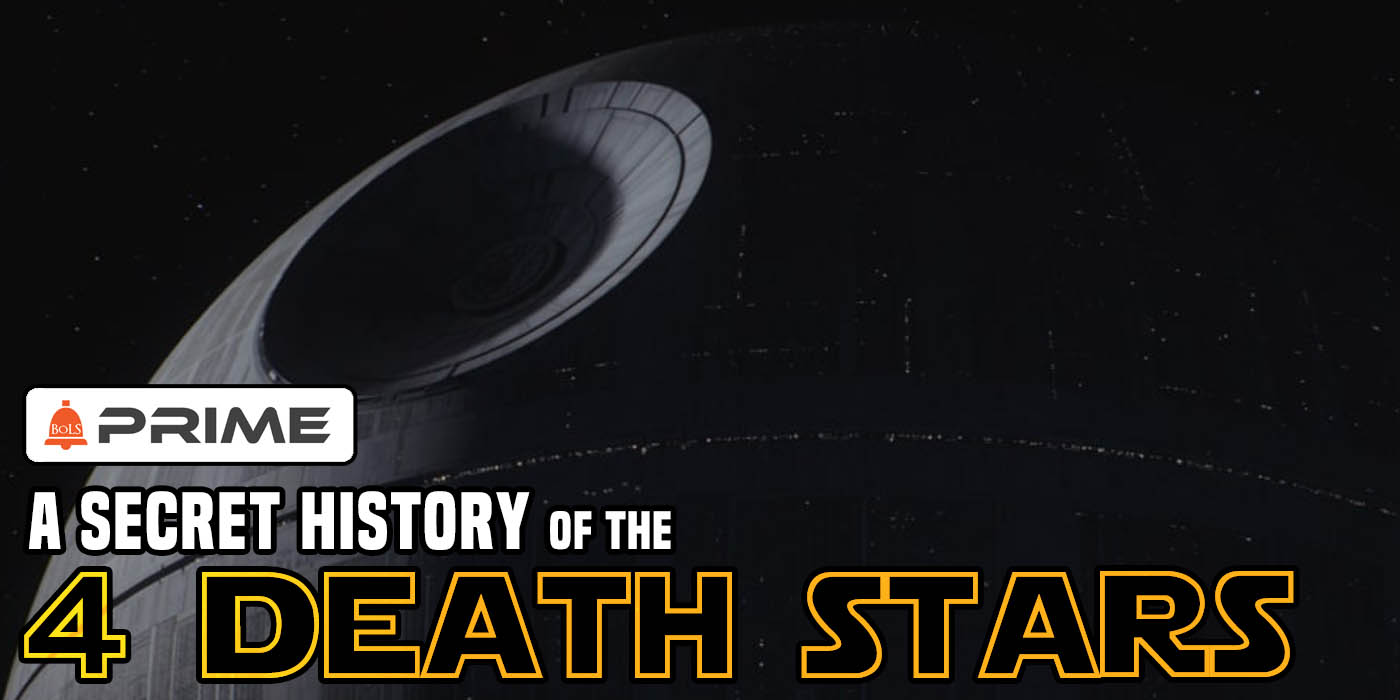Today let's take a look at the twisted story of all of the Death Stars, both those you knew about, and those you didn't.
The Death Star is an iconic part of Star Wars. It is both a setting for and a major plot element of the original Star Wars movie. It serves to lay some of the core conflicts of the series, "technological terror" vs. the Force, and to demonstrate the real evil of the Empire. Since the first Death Star showed up in A New Hope, the franchise has lived in its shadow - quite literally in the case of Rogue One. Two out of the three original movies deal with Death Stars. The Death Star I made an appearance in the third movie of the Prequel Trilogy, while the Death Star II made one in the third movie of the Sequel Trilogy. The plans for the First Death Star also make an appearance in Episode II. The Force Awakens tries, and many would say fails, to create its own version of the Death Star, while Rogue One is even more about the Death Star I than the first movie was. All told six of the eleven movies contain a Death Star in one form or another.
Nor are the Death Stars limited to movies; both Rebels and the Clone Wars hint at Death Star related events. They've also shown...

